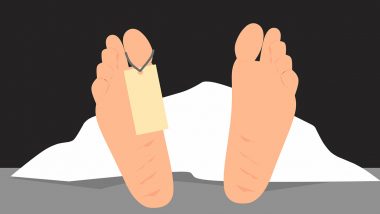Washington D.C. [USA] July 25: Using sunscreens? You might be receiving less than half the sun protection you think you do. Researchers from King's College London have assessed just how much sun protection people actually receive, based on typical usage. It is well known that people don't receive the full ultraviolet radiation blocking benefit of sunscreens because they are applying it more thinly than manufacturers recommend.
In the first experiment of its kind, the King's team assessed the DNA damage in the skin after lowering sunscreen application thickness below 2mg/cm2 - the amount manufacturers use to achieve their SPF rating. Results showed that sunscreen with a sun protection factor (SPF) of 50, applied in a typical way, would at best provide 40% of the expected protection. The findings have prompted the King's team to suggest that consumers use a much higher SPF sunscreen than they think necessary, to ensure they're protected from sun damage.
Report author, Professor Antony Young from King's College London said, "There is no dispute that sunscreen provides important protection against the cancer-causing impact of the sun's ultraviolet rays. However, what this research shows is that the way sunscreen is applied plays an important role in determining how effective it is."
He added, "Given that most people don't use sunscreens as tested by manufacturers, it's better for people to use a much higher SPF than they think is necessary." Nina Goad of the British Association of Dermatologists said, "It also shows why we shouldn't rely on sunscreen alone for sun protection, but we should also use clothing and shade. An extra consideration is that when we apply sunscreen, we are prone to missing patches of skin, as well as applying it too thinly."
The full findings are present in the journal- Acta Dermato-Venereology.













 Quickly
Quickly





















